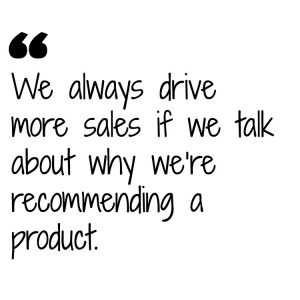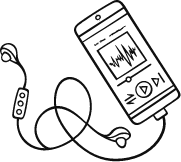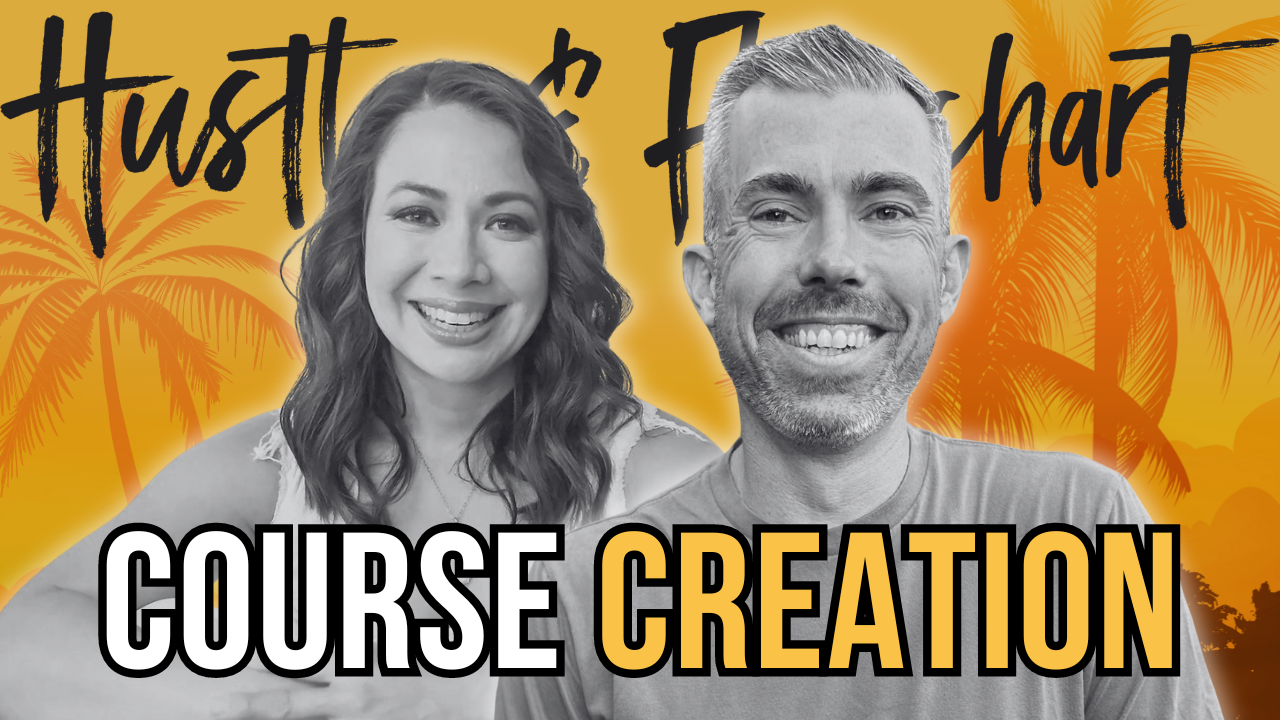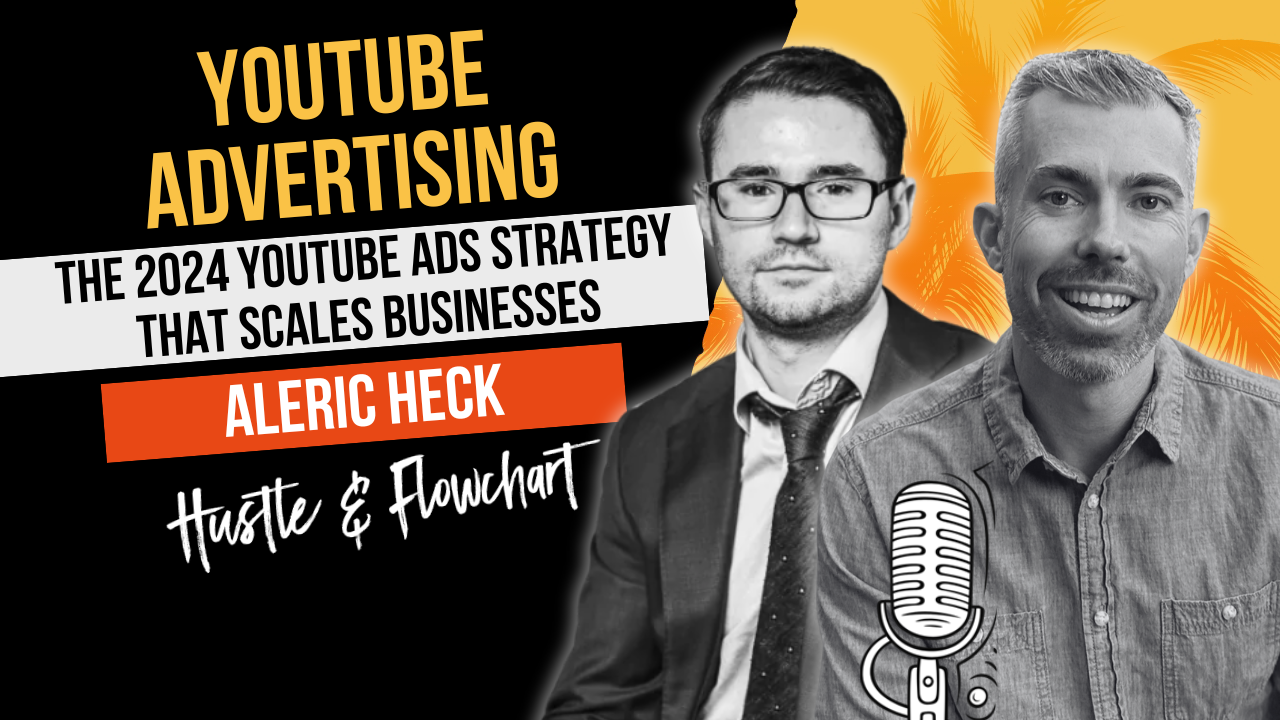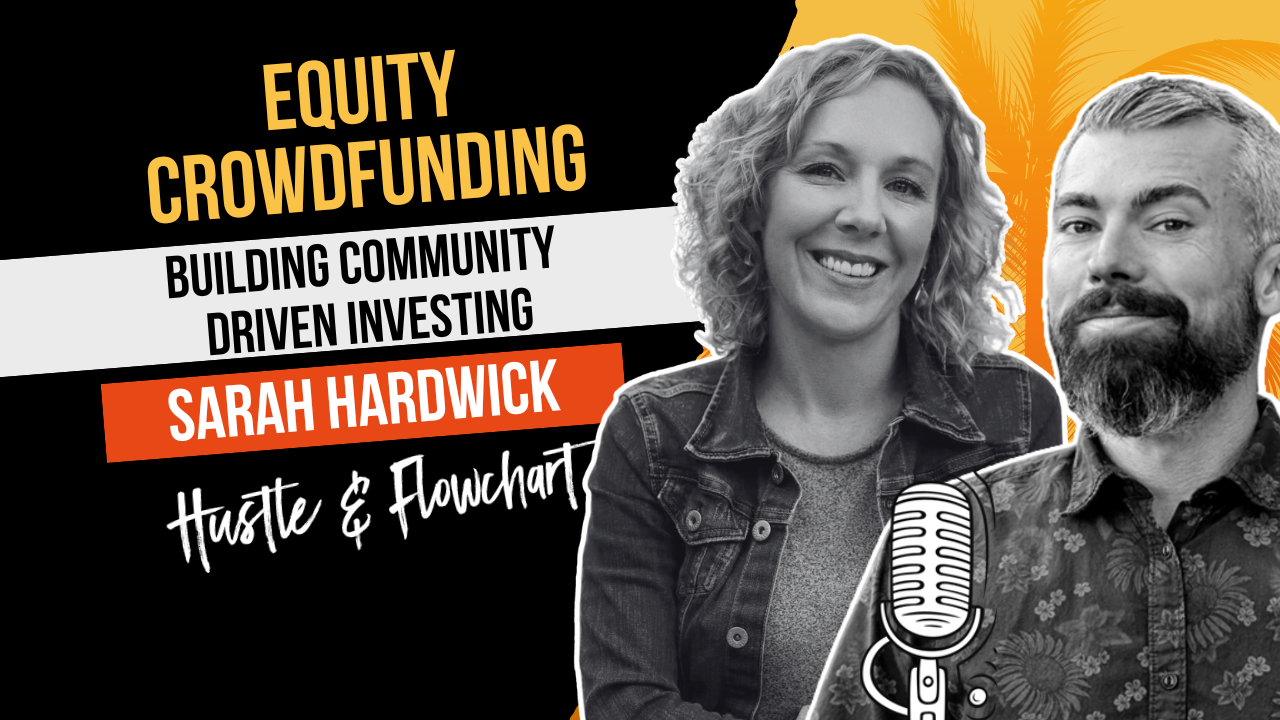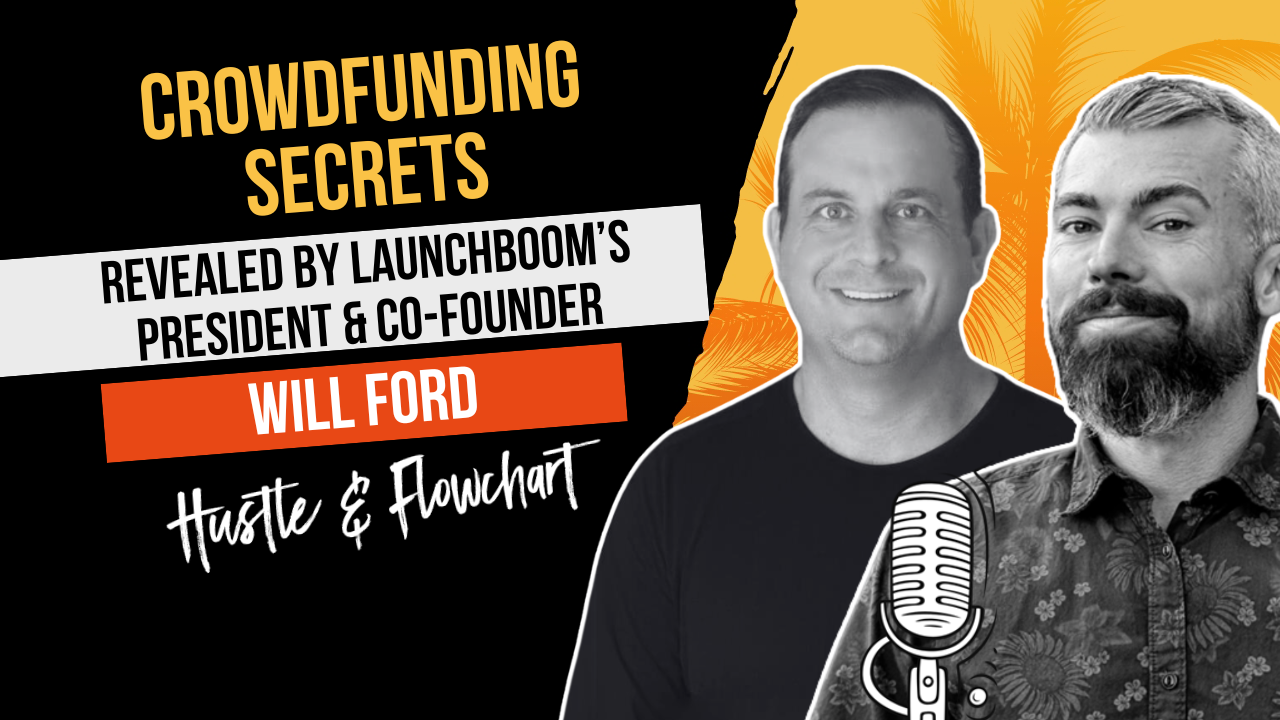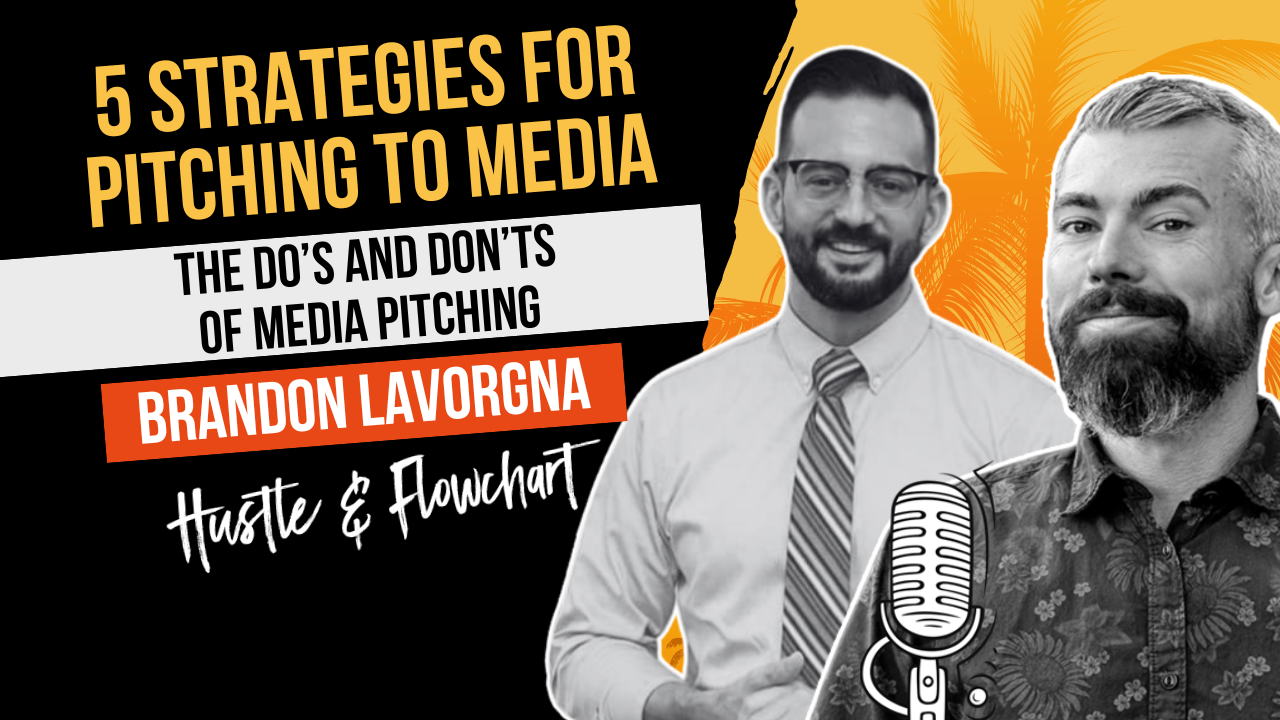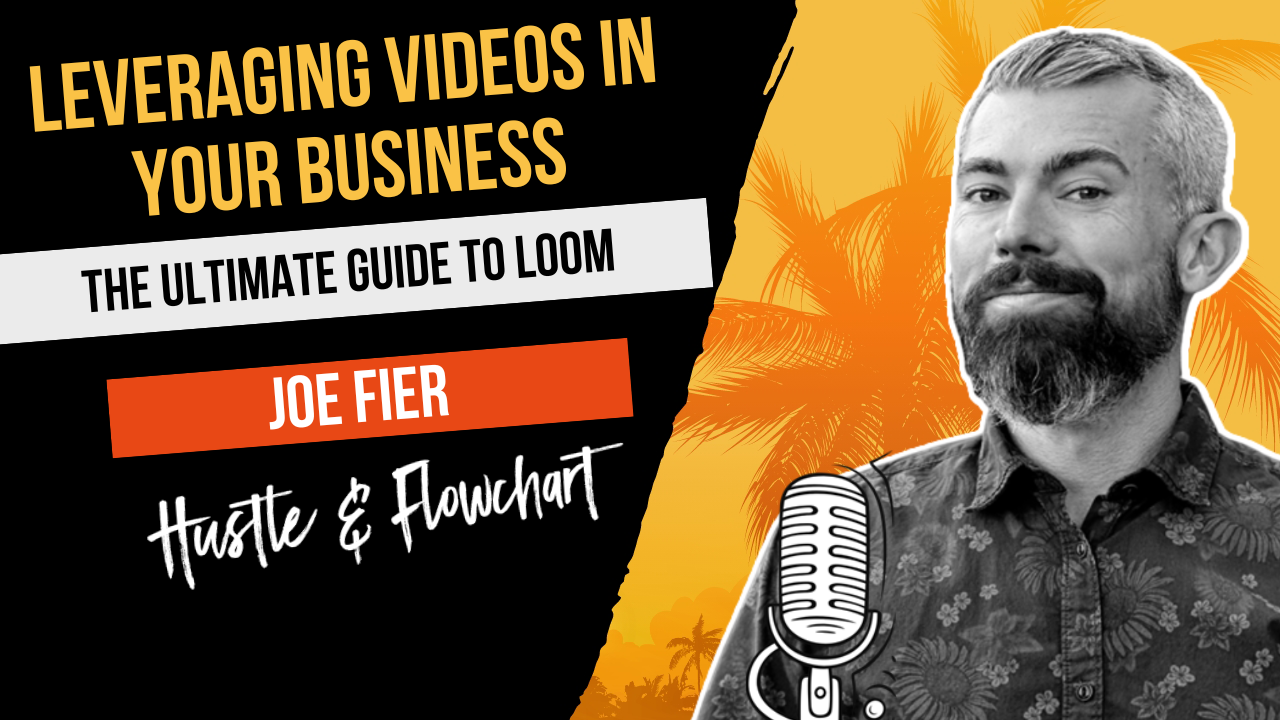When it comes to email copywriting, we like to keep things simple.
We really have two types of emails that we like to write for two different scenarios. We’ll give you an exact email copywriting template that you can use as a guide in a moment but first, let me explain the two types of emails we write and when we use each.
These are broad overviews but they should get the wheels turning and give you a new perspective on how to write for various end goals.
With email copywriting, there are usually two goals in our business. We’re either trying to make a sale or trying to drive traffic to a piece of content.
We rarely mail our list for anything other than one of those two goals. Some people might argue that there’s only ever one reason to send an email and that it’s to make sales.
Although we do want to generate sales every day, there are some emails we send that are playing a “long game.” They serve to grow our brand, help us segment our lists by interests, build interest list for Facebook retargeting, etc.
These are things that may not immediately result in a sale but they build our brand and they improve our ability to market with better targeting in the future.
For example, we have our Hustle & Flowchart Podcast. This podcast helps us network with people in our industry, it helps us create goodwill with those people, it allows us to build a Facebook retargeting pixel, and it helps us segment people in our list based on what they’re interested in.
Mailing about these almost never directly lead to sales but they do lead to data that will drive more future sales and they do lead to stronger relationships and partnerships with others in our industry.
Circling back around, there are two types of email copy we write:
- Curiosity based emails
- Sales emails
That’s it.
Pretty much every single email we write is one of the two.
Table of Contents
ToggleEmail copywriting tips and sample emails you can swipe
Curiosity based emails
These are emails where we try to be ambiguous about what they’re clicking over to.
Similar to the ambiguous subject lines, these emails make people want to click because they feel like they need to know what we’re talking about. The whole picture isn’t spelled out in the email.
We use this type of email when we want to drive a ton of traffic to something that’s typically free. We use this for blog posts, podcasts, YouTube videos, or products that have a very low barrier to entry price.
This type of email typically drives a ton of clicks but doesn’t typically drive a ton of sales.
Sales emails and email copywriting templates
These are emails where we try to make the sale before even sending people to the sales page.
We will typically provide some sort interesting idea or concept followed by the benefits of purchasing the product. If we have bonuses to offer, a special discount, or if there’s a limited quantity, we’ll typically spell it all out in these emails.
These emails don’t typically drive nearly as much traffic as curiosity based emails. However, the traffic that these emails do send is already pre-warmed-up to whatever is being sold on the other side.
You will have a real hard time looking at any emails that we send and not see one of these two themes in them.
It can be argued that you should always try to sell the click, even when promoting a product. If that’s the case, why would we bother with sales emails and not always focus on curiosity based emails?
We’ve found a couple things to be true for us when analyzing the different email copywriting strategies used over the years in our business.
- People are comfortable with us. They’re on our list and they know us. We always drive more sales if we warm them up a bit about why we’re recommending a product. This is especially true if what you’re promoting is an affiliate product. We can get away with a bit more curiosity if we’re driving to our own products (because they’re getting more of us).
- When promoting other people’s products, the sales page may need a little extra help. We promote a lot of affiliate products and we don’t always trust the sales page of the product we’re sending out to completely sell the product as well as we know we can.
- Our results simply tell us otherwise. We’ve found that we tend to drive more traffic when we try to be ambiguous but we make more sales when we pre-sell a bit in the email. (And this point is really the only point we need to keep doing it.)
Here’s an example of a curiosity email that drove to a podcast episode:
You don’t need to be rich, good lookin’ or even a celebrity…
…Although what you’re about to get… may make you a little famous in your niche.
Would you be up for that?
It’s not all sunshine and roses though…
You’ll have to do ONE thing for at least 30 days…
===> Here’s the ONE THING
If you can do it…and you can (if you want to)…it’s almost IMPOSSIBLE not to become a little more well-known…a little more loved…and you’ll get a little more, maybe A LOT more, attention for yourself and/or your brand.
And… in today’s world…
Attention + connection = Currency
If you’ll give it 30 days…
===> You CAN get MORE of it ALL
Am I teasing you a bit?
I am 🙂
Hope you won’t mind?
Don’t want you to miss out just because I can’t do it justice in one note…
===>You’ll want to check this out and take notes
I appreciate you!
Matt Wolfe
After reading that, I bet you wish you could click on the link to find out more. Am I right?
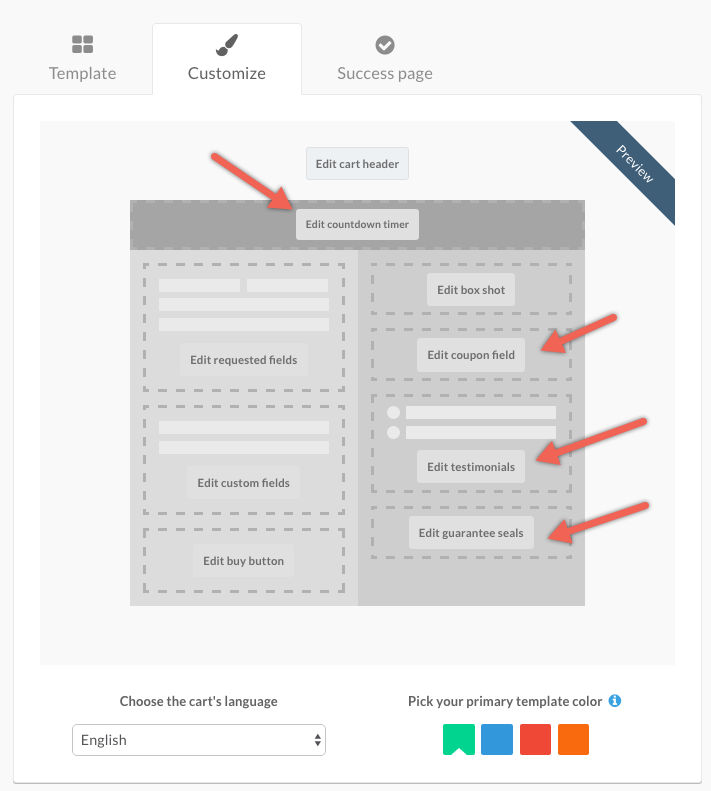
Here’s an example of an email copywriting that pre-sells a product:
We made a bit of a mistake when releasing one of our recent training courses…
Of course, we didn't know it was a mistake at the time.
Only after making a switch and seeing massive results did we realize how much money we had left on the table.
When we opened the doors to our Content Business Machine course, we were using Teachable for the members area…
We thought using Teachable's built-in checkout page would be fine…
Boy, where we wrong!
We did a little test and swapped out the checkout page with a ThriveCart checkout and sales exploded.
We embedded a coupon code on one of the carts, added some testimonials, and really customized the look of the cart and conversions skyrocketed!
You never really know what things have a massive impact on your business until you test them… And DAMN! The cart made a HUGE difference…
Now, ThriveCart, to this day, isn't publicly available. It's still a few weeks away from going live to the public.
It's going to be somewhere in the $50 – $100 per month range.
However, Josh just shot us over a link that we could pass along to you to get access for LIFE.
https://hustleandflowchart.com/getthrivecartspecial
So you pay once and then NEVER have to pay again for your checkout cart.
Most others on the market charge over $100/month and have less functionality.
However, we're the type that want to take no-brainer offers and make them even more “no-brainer” by sweetening the pot…
So we're adding in these amazing bonuses:
(but only for the first 100 people to take us up on this)1. Rapid Product Creation – This tutorial will walk you through the exact step-by-step process that we used to rapidly create products to sell online. Just plug the product into ThriveCart and it's ready to sell!
2. Killer Funnel Case Studies – A look at all the different types of funnels that you can build and some case studies of how we've used them in our businesses over the years. This will take the guesswork out of creating profitable funnels.
3. The Making of ThriveCart – This private one-on-one chat with the creator of ThriveCart will take you behind the scenes of how and why it was made as well as give you direct strategies from the creator on how to best use it.
4. Additional Tips & Case Studies – Having used ThriveCart ourself for the better part of a year now, we've learned a few little things that MASSIVELY improve conversions. We'll show you the little “Hacks” that we've learned to get your cart dialed in. We've also figured out a sneaky way to integrate it with Teachable to deliver your courses. We've created a step-by-step tutorial on how to do this…
It is a lot… We wanted to make sure that, if you purchased ThriveCart, you know exactly what to do next… No guess work.
Just follow the instructions and get down to business!
So jump in today before Josh shuts down the one-time price and there's no bonuses to go with it.
You'll love this – Click here to get started.
Enjoy!
Matt Wolfe & Joe Fier
By the way, ThriveCart is now available to the public. Here is a complete breakdown and comparison of ThriveCart vs PayCartPro.
As you can see, that email is a bit longer and does a little bit more selling before we send them to the sales page. We educated a little bit with a tip on what worked for us (adding coupon codes and changing to a cart that converts better) and then we presented them with bonuses to grab the tool through us.
And, to this day, we are the number one affiliates for Thrivecart, largely because of emails like that one.
A winning formula for email copywriting and ad copy
This is one of our favorite email writing formulas.
We call it the STS Formula and it stands for “Screwed-up / Tweak / Success” and it works like this… You explain something that you screwed up that your prospect is likely to have screwed up as well (or wants to avoid screwing up), followed by a tiny tweak that you made in your business (related to your product) and then describe the success story and what your life was like after the tweak.
This doesn’t just work for emails, it’s great for ad copy as well.
A short-form version of this formula would be something like this:
“We experimented with Facebook ads.
We followed all of the other expert’s advice and we lost thousands of dollars in just a couple of days. We considered shutting down our business and finding day jobs. Everyone made it look so it easy but we somehow managed to easily screw it all up.
Then one day, someone pointed out this tool.
We used the tool and made one teeny tiny tweak to our ads and sales exploded. We went from thousands of dollars in the hole and rewriting our resumes to complete financial freedom in a matter of weeks. Now we work from a laptop in various parts of the world and these ads just keep on working… And it all happened because of this one little tool.”
Of course, that email copywriting is designed to sell “the tool.”
There are a few psychological elements going on in the messaging and in this formula:
- The Screw Up – This element scares the reader a little bit. They realize how easy it is to screw things up. In most cases, your prospect has either screwed this same thing up at some point themselves or hasn’t gone down that path yet because they’re afraid they’ll screw things up. Paint the picture that it’s not that hard to mess things up.
- The Tweak – This is what changed everything. We want to imply that it’s something simple. If they believe a tool or a formula or a minor adjustment is all it takes, they will feel confident in moving forward with your solution.
- The Success – Paint a picture of what life could be like for your prospect after using and implementing what you’re offering or teaching. Explain how life or your business has changed as a result.
This simple formula can be used over and over again and it’s effective every time we use it. Even the above email, where we promoted Thrivecart, uses a variation of this formula. In retrospect, it was a bit light on painting the success story but it was a very effective email that was an early iteration of this formula.
Plug a few STS emails into your email followup sequence and watch as sales start to pop in on autopilot.


